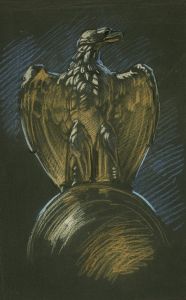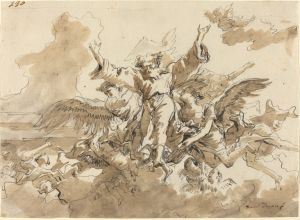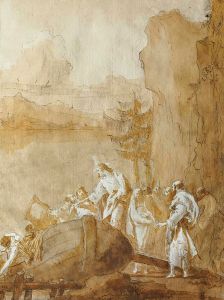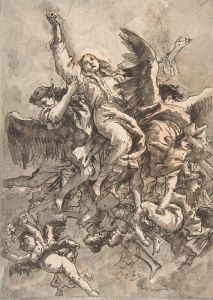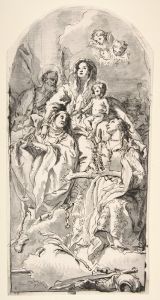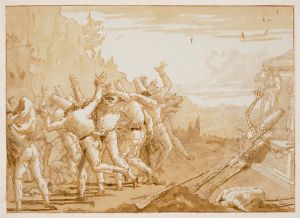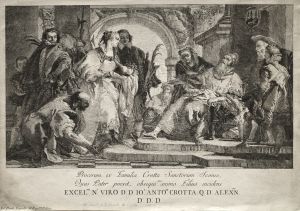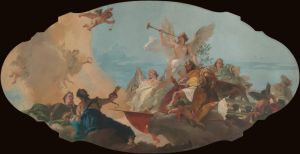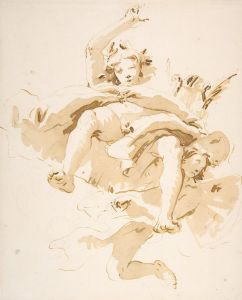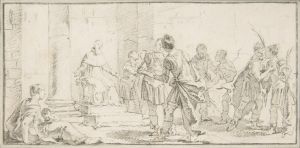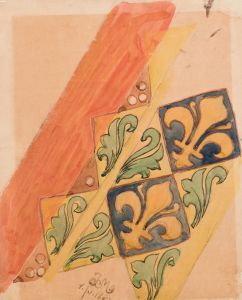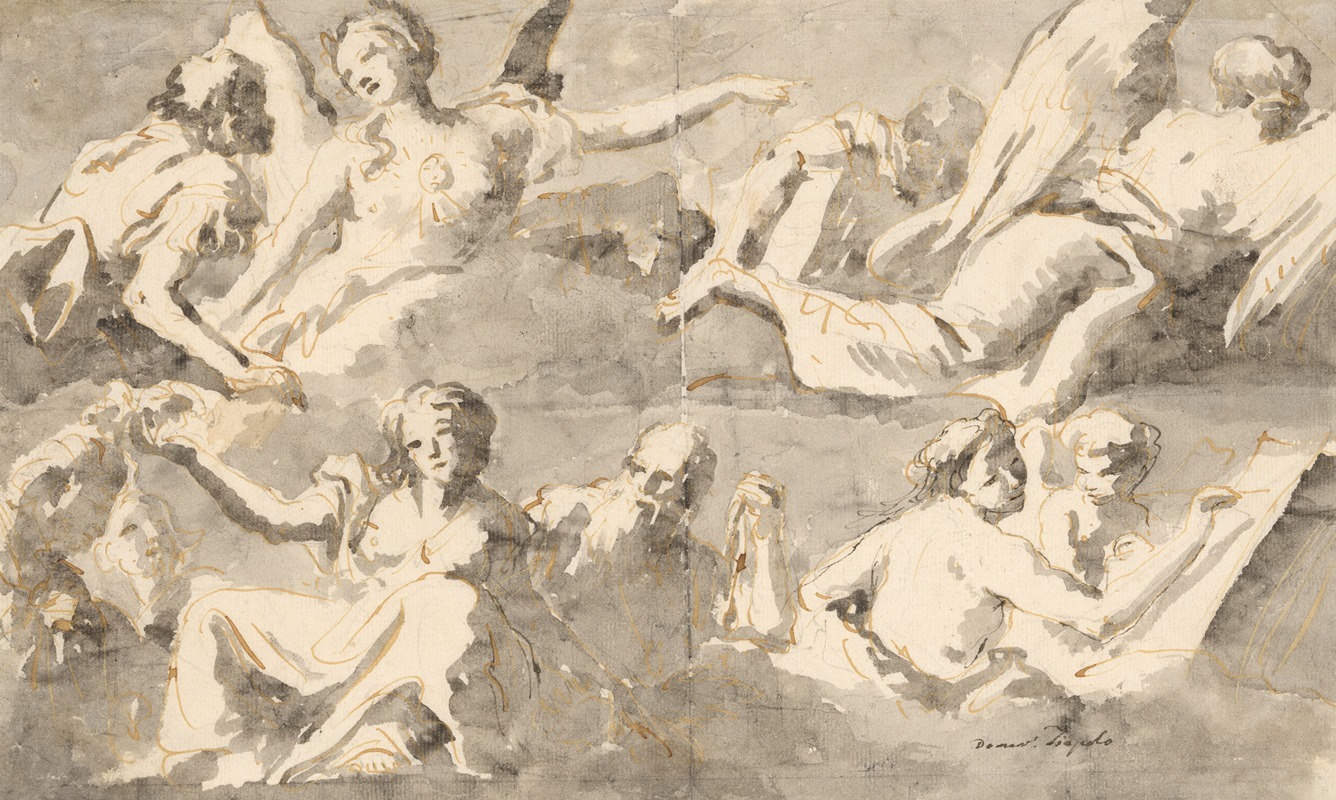
Frieze of Allegorical Figures
A hand-painted replica of Giovanni Domenico Tiepolo’s masterpiece Frieze of Allegorical Figures, meticulously crafted by professional artists to capture the true essence of the original. Each piece is created with museum-quality canvas and rare mineral pigments, carefully painted by experienced artists with delicate brushstrokes and rich, layered colors to perfectly recreate the texture of the original artwork. Unlike machine-printed reproductions, this hand-painted version brings the painting to life, infused with the artist’s emotions and skill in every stroke. Whether for personal collection or home decoration, it instantly elevates the artistic atmosphere of any space.
Giovanni Domenico Tiepolo, an Italian painter and printmaker, was a prominent figure in the 18th-century Venetian art scene. He was the son of the renowned artist Giovanni Battista Tiepolo and followed in his father's footsteps, contributing significantly to the Rococo movement. One of his notable works is the "Frieze of Allegorical Figures," which exemplifies his skill in combining classical themes with a distinctively Venetian flair.
The "Frieze of Allegorical Figures" is a series of paintings that showcase Tiepolo's mastery in depicting allegorical subjects. Allegory, a common theme in art, involves using figures and symbols to convey deeper moral, political, or philosophical meanings. Tiepolo's work in this series is characterized by its vibrant use of color, dynamic composition, and the graceful depiction of figures, all hallmarks of the Rococo style.
Tiepolo's allegorical figures are often imbued with a sense of movement and drama, reflecting the influence of his father's grandiose style. However, Giovanni Domenico Tiepolo also brought his own sensibilities to his work, often infusing his paintings with a sense of intimacy and wit. His figures are elegantly posed, and the compositions are carefully balanced, demonstrating his keen understanding of form and space.
The "Frieze of Allegorical Figures" is believed to have been created during a period when Tiepolo was exploring themes of mythology and classical antiquity. This interest was likely influenced by the broader cultural trends of the Enlightenment, which saw a revival of interest in classical learning and aesthetics. Tiepolo's work in this series reflects a sophisticated engagement with these themes, presenting allegorical figures that are both timeless and distinctly of their era.
While specific details about the commission or the exact location for which the "Frieze of Allegorical Figures" was intended are not well-documented, it is known that Tiepolo's works were highly sought after by patrons across Europe. His ability to blend traditional allegorical subjects with the lightness and elegance of the Rococo style made his paintings popular among the aristocracy and the burgeoning middle class.
In addition to his work as a painter, Giovanni Domenico Tiepolo was also an accomplished printmaker. His etchings often explored similar themes to his paintings, and he was known for his ability to translate the dynamic energy of his painted compositions into the medium of print. This versatility further cemented his reputation as a leading artist of his time.
Overall, the "Frieze of Allegorical Figures" stands as a testament to Giovanni Domenico Tiepolo's artistic prowess and his ability to convey complex allegorical themes with clarity and beauty. His work continues to be celebrated for its technical skill, imaginative compositions, and the unique way it captures the spirit of the Rococo period.





